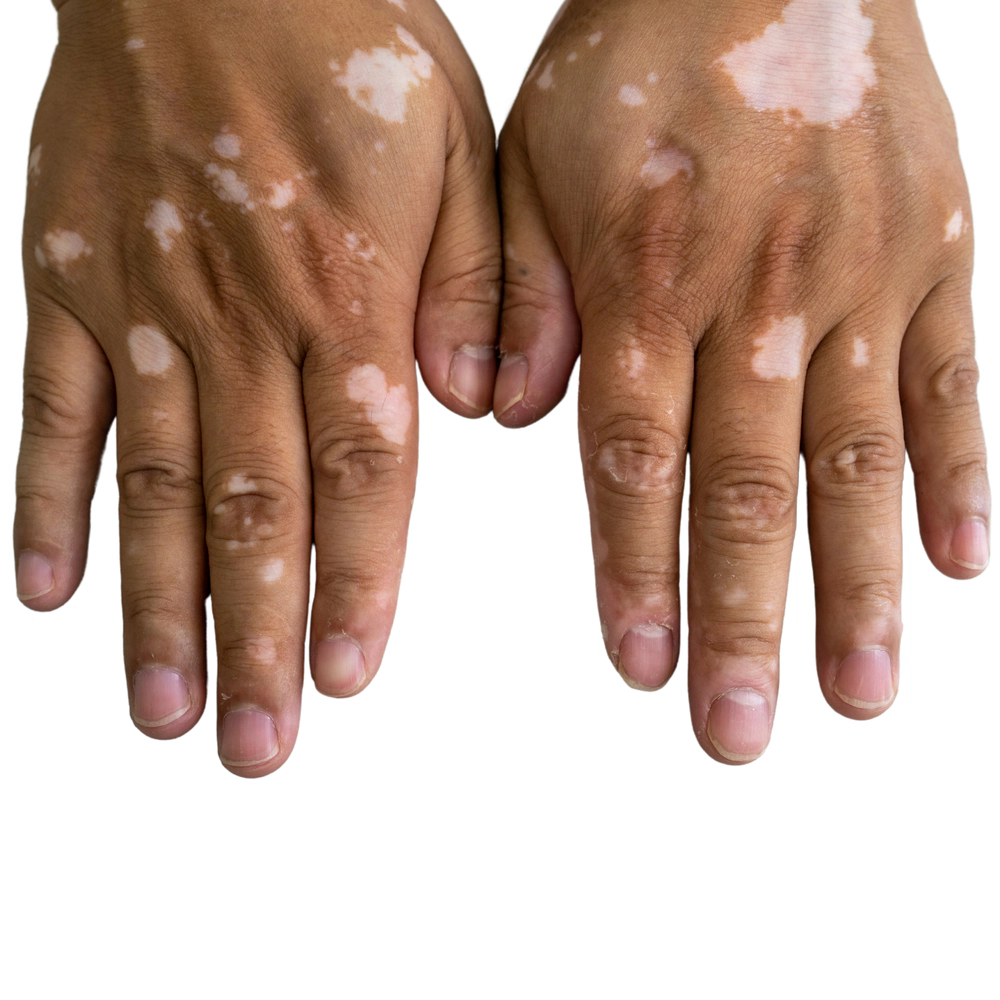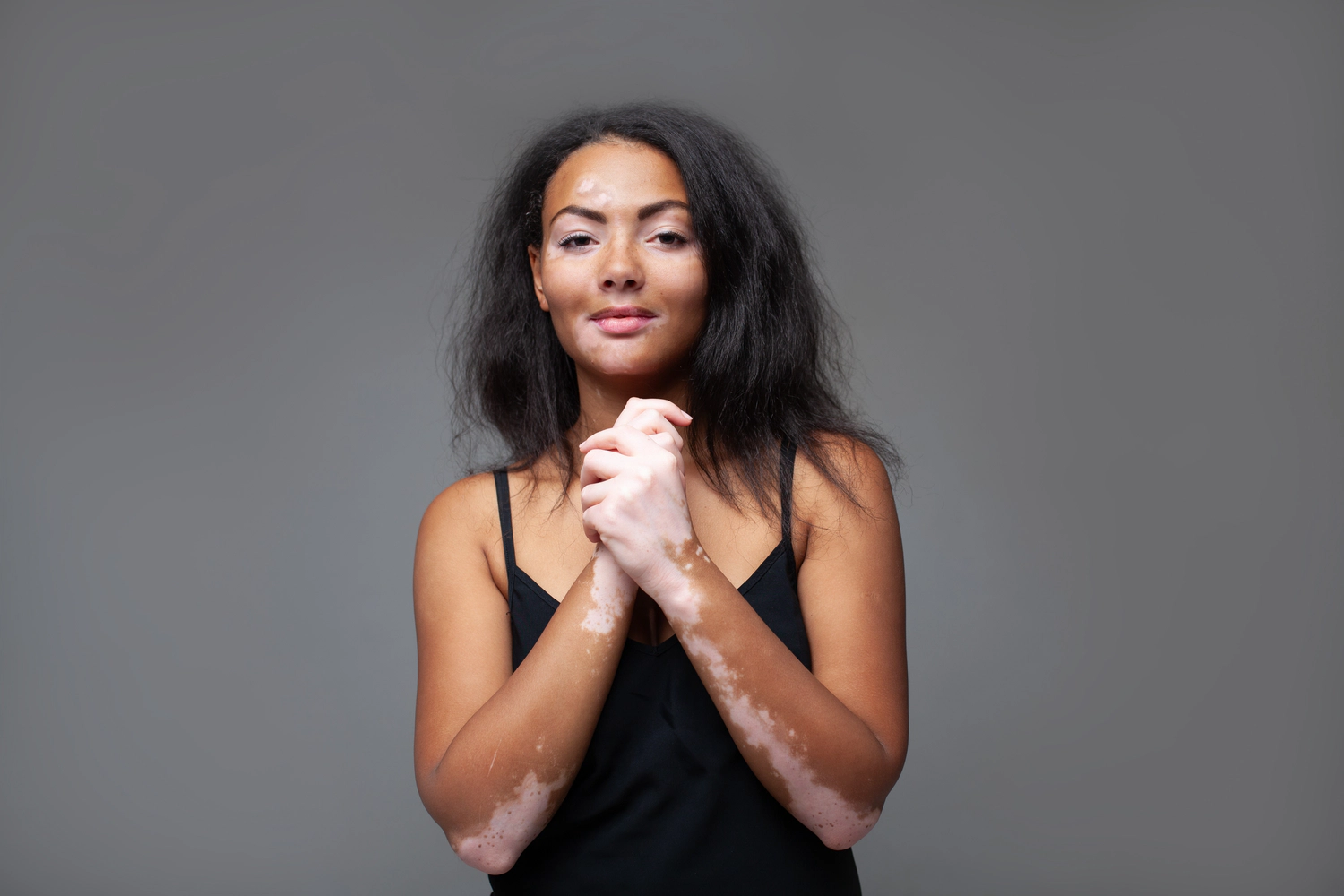
What is Vitiligo?
When vitiligo strikes, the skin develops white areas because of melanin loss. Balance of the body's Vata, Pitta, and Kapha is how Ayurvedic medicine treats vitiligo. The herbs Manjistha (Rubia cordifolia) and Bakuchi (Psoralea corylifolia) can promote repigmentation. Eating foods high in copper and avoiding sour and spicy foods should be part of the dietary adjustments for assistance. Panchakarma therapies such as Virechana, or purgation, or Basti, or enema, offer body purification and rejuvenate. Frequent practice of yoga and meditation improves skin health and helps to restore natural balance, which promotes healing on the whole. In Ayurvedic medicine, the comprehensive treatment of vitiligo targets the underlying cause to guarantee long-term health.

Management of Vitiligo Through Ayurveda
Ayurveda has its approach to treating Vitiligo, where the primary focus is the normalization of the doshas and purification of the body. The main treatments include home remedies like Bakuchi (Psoralea corylifolia) and Khadira (Acacia catechu), which assist in repigmentation. Vamana and Raktamokshana are therapeutic treatments that are used to release toxins from the body and thus act as Panchakarma therapies. It is recommended to adhere to a balanced diet with a focus on copper and iron consumption to aid the treatment. Relaxation in the form of yoga and meditation is also important because it helps reduce stress and improve the immune system. This integrative approach focuses on the root; it is much more effective in seeking a cure for Vitiligo naturally and long-term.
Ayur Bethaniya has an extensive Ayurvedic treatment plan for Vitiligo, where the principle is to pacify the doshas and have a detoxifying process. Vitiligo is caused by the disturbance of two of the body's humors, Vata and Pitta, which results in the killing of the melanocytes. Ayurvedic treatment at Ayur Bethaniya, therefore, entails administering herbal medicines, modifications in diet, and specific treatments such as Panchakarma.
Common herbal cures, such as Khadira, which is Acacia catechu, and Takeuchi or Psoralea corylifolia, are also widely used in repigmentation. Among the five Panchakarma therapies of Virechana, Basti, and the like, Virechana helps detoxify the body, while Basti removes toxins from the colon that help improve the skin.
Changes in one's way of life are included in the treatment. For instance, it is recommended that patients take more copper and iron-rich foods and less sour or spicy foods. Stress-reducing practices such as yoga and meditation are also recommended for them because they boost their mental health status and immunity.
It is patient-centred in terms of diagnosis and treatment with respect to Ayur Bethaniya. The centre has qualified Ayurvedic doctors who study a patient's situation before suggesting any form of medication. Furthermore, this kind of approach does not limit itself to treating Vitiligo alone but instead aims at eliminating causative factors that contribute towards its development and improving an individual's general health status.
Through this integrative treatment plan, Ayur Bethaniya expects to find a medical cure for Vitiligo and restore the skin colouration of its patients, hence restoring their quality lives.
Need to know the ayurvedic treatments for Atopic Dermatitis and Dandruff?


